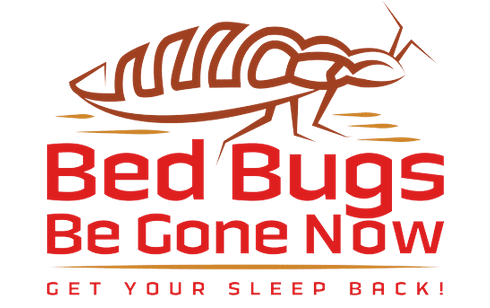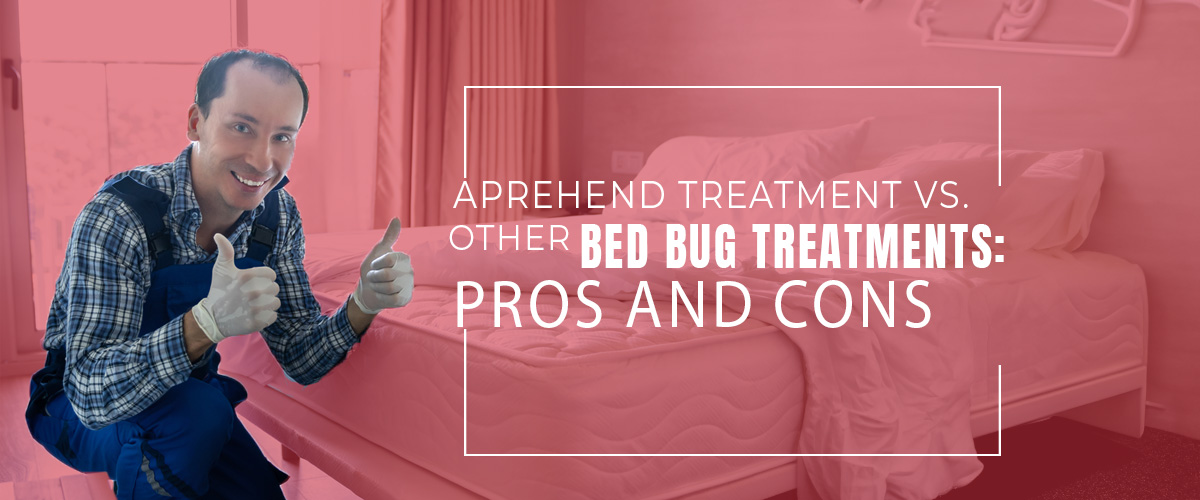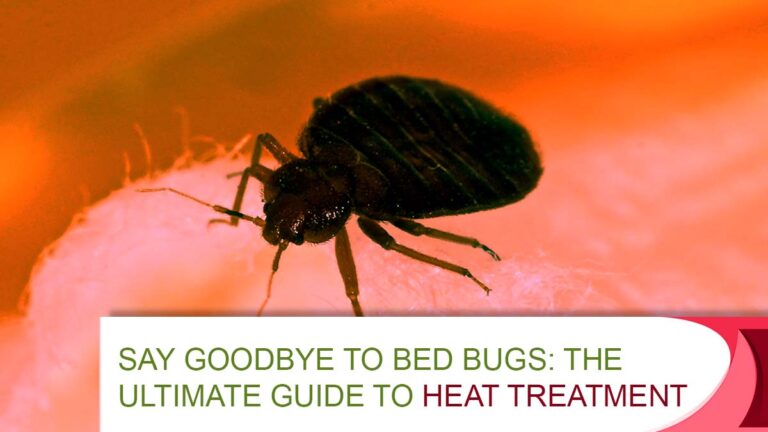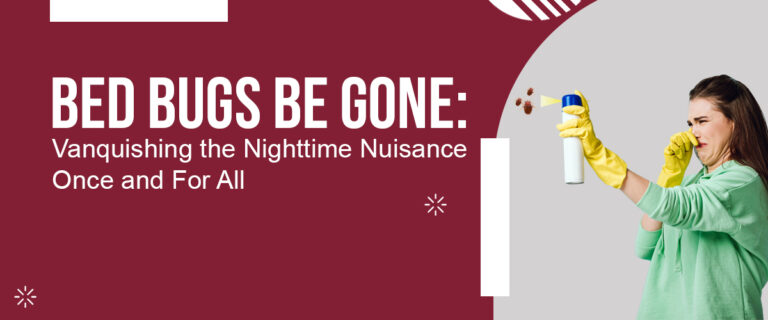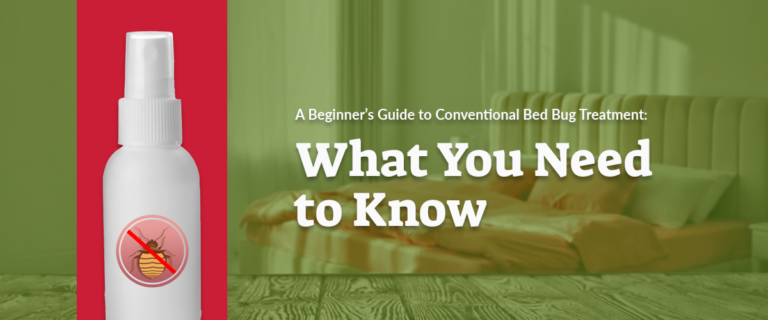Aprehend Treatment vs Other Bed Bug Treatments: Pros and Cons
Which method best works in getting rid of bed bugs? Bed bug infestations have become a persistent nuisance for homeowners and businesses alike. The quest for effective treatment methods has led to the development of various solutions. Among these, Aprehend treatment has gained attention for its unique approach.
Meanwhile, this article will delve into the bed bug treatment methods, focusing on Aprehend. We will explore what separates Aprehend and compare it to other conventional treatments, laying out their pros and cons.

Understanding Aprehend Treatment
Aprehend treatment is a cutting-edge, biopesticide-based method designed to combat bed bug infestations. It employs a specially engineered fungal pathogen, Beauveria bassiana, to infect and eliminate bed bugs. The treatment involves applying fungal spores to areas frequented by the pests, such as mattress seams, cracks, and crevices. Once a bed bug touches these spores, the fungus penetrates its exoskeleton and kills it.
Here are key components of Aprehend treatment:
- Fungal spores – meticulously formulated to remain viable for an extended period, ensuring long-lasting efficacy
- Innovative delivery system – involves an exemplary misting process, creating a lethal barrier for the unsuspecting bed bugs
- Expert application techniques.
The encapsulated spores adhere to their exoskeletons, leading to their demise.
Moreover, the fungal pathogen Beauveria bassiana has a long history of successful use in agriculture, controlling various insect pests. It can adapt to its host, making it a formidable enemy for bed bugs. This natural adaptation ability minimizes the risk of resistance development among bed bug populations, a concern with some chemical treatments.
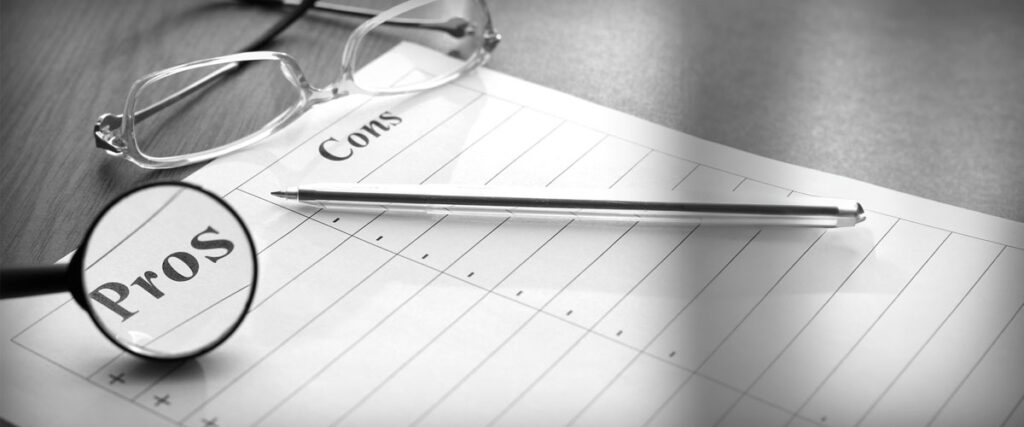
Pros and Cons of Aprehend Treatment
There are various pros and cons of Aprehend treatment; below are the following:
A. Pros of Aprehend Treatment
- High Efficacy Rate: Aprehend treatment boasts a remarkable efficacy, consistently eliminating bed bugs from treated areas. Its reliance on a natural predator of bed bugs sets it apart from chemical treatments, which bed bugs may develop resistance to over time.
- Long-Lasting Effects: One of the standout features of Aprehend is its residual activity. The fungal spores can remain active for weeks, continuously targeting newly introduced bed bugs. This prolonged effectiveness is particularly valuable in preventing re-infestations.
- Minimal Disruption: Aprehend treatment is discreet and minimally disruptive. It does not require extensive preparation, allowing occupants to remain in the treated area during the application. This is in stark contrast to some other treatments that may necessitate evacuations.
B. Cons of Aprehend Treatment
- Higher Cost: While Aprehend’s effectiveness is undeniable, it comes at a relatively higher cost than other treatment methods. This cost may be a deterrent for budget-conscious individuals or businesses.
- Limited Availability: Aprehend treatment is not as widely available as chemical treatments. It relies on professional application, limiting accessibility for those who prefer a do-it-yourself approach.
- Fungal Spore Concerns: Some individuals may harbor reservations about using fungal spores in their living spaces. Although these spores are considered safe for humans and pets, concerns regarding allergenic reactions may arise.

Other Bed Bug Treatment Methods
In addition to Aprehend treatment, several alternative methods for addressing bed bug infestations exist.
A. Heat Treatment
Process and Effectiveness: Heat treatment involves raising the temperature in an infested area to lethal levels for bed bugs. It is highly effective when administered correctly, killing bed bugs from eggs to adults.
Pros and Cons: Heat treatment’s effectiveness is unquestionable, but it can be expensive. It also requires evacuating the treated area due to the high temperatures, which can be inconvenient.
B. Chemical-Based Treatments
Popular Chemical Methods: Chemical treatments encompass sprays, powders, and insecticides. They typically work by disrupting the bed bug’s physiology or nervous system, leading to their death.
Pros and Cons: Chemical treatments are readily available and can be cost-effective. However, there is a risk of bed bugs developing resistance to certain chemicals. Additionally, some chemical treatments may have health and environmental concerns.
C. Traditional Methods
Manual Approaches: Traditional methods involve manual processes such as vacuuming, laundering bedding, and encasing mattresses. These methods are not stand-alone treatments but are often used with other methods.
Pros and Cons: Traditional methods are cost-effective and have less environmental impact. However, they may not be as effective as stand-alone treatments and require thorough and consistent effort.
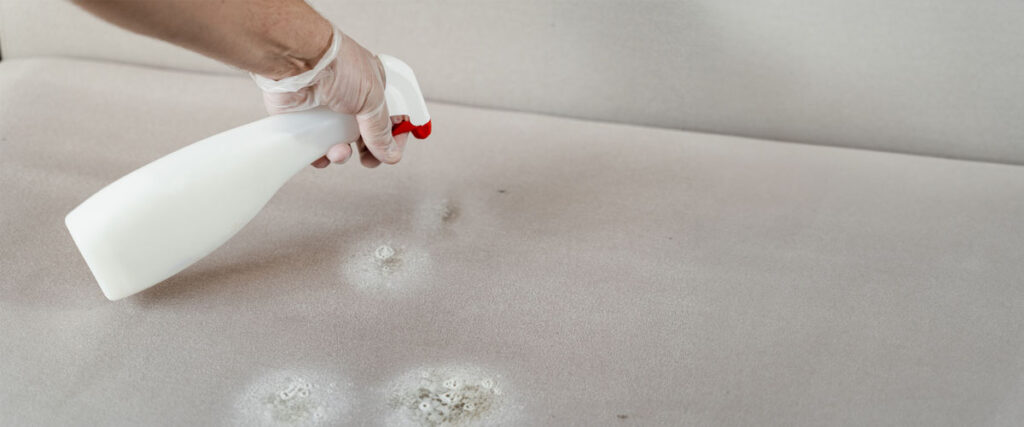
Comparative Analysis: Aprehend vs. Other Bed Bug Treatments
Several critical factors come into play when comparing Aprehend treatment in Wisconsin to other bed bug treatment methods.
A. Effectiveness:
Aprehend and heat treatment are highly effective against bed bugs, targeting all life stages. Chemical treatments vary in effectiveness, depending on the chosen product. Traditional methods are generally less effective but can be helpful with other therapies.
B. Longevity of Treatment:
Aprehend and heat treatments offer long-lasting effects with residual activity. Chemical treatments may require repeated applications. Traditional methods provide temporary relief and ongoing maintenance.
C. Ease of Use:
Aprehend and heat treatments require professional application. Chemical treatments are accessible to the public but may be challenging to apply correctly. Individuals can implement traditional methods, which may require significant time and effort.
D. Cost-Effectiveness:
Traditional methods are the most cost-effective but may not provide complete eradication. Aprehend and heat treatments are more expensive but offer long-term value. The cost of chemical treatments varies widely.
E. Environmental Impact:
Aprehend, being biopesticide-based, has a minimal environmental impact. Heat treatments use energy but do not involve chemicals. Chemical treatments have the potential for environmental harm, mainly if not used responsibly. Traditional methods are generally eco-friendly.

Choosing Wisely: Aprehend or Alternatives?
In the battle against bed bugs, the treatment method choice is crucial. Aprehend treatment, with its innovative approach and high efficacy, stands out as a promising option. However, it does come with a higher price tag and limited availability. Other methods like heat treatment, chemical treatments, and traditional approaches have strengths and weaknesses.
The choice between these methods should depend on individual circumstances, preferences, and budget. Aprehend and heat treatment offer long-term solutions with high effectiveness but may be cost-prohibitive for some. Chemical treatments provide a middle ground in cost and efficacy but have potential environmental concerns. Traditional methods are the most budget-friendly but may require ongoing effort.
Ultimately, the best course of action when dealing with a bed bug infestation is to consult with professionals who can assess the extent of the problem and recommend a tailored solution. The key is to take swift and effective action to eradicate these troublesome pests from your life, ensuring peace and comfort in your home or business.
Resources
- Aak, A., Hage, M., & Rukke, B. A. (2018). Insect pathogenic fungi and bed bugs: behavior, horizontal transfer and the potential contribution to IPM solutions. Journal of pest science, 91(2), 823–835. https://doi.org/10.1007/s10340-017-0943-z
- Shikano, I., Bellicanta, G. S., Principato, S., & Jenkins, N. E. (2021). Effects of Chemical Insecticide Residues and Household Surface Type on a Beauveria bassiana-Based Biopesticide (Aprehend®) for Bed Bug Management. Insects, 12(3), 214. https://doi.org/10.3390/insects12030214
